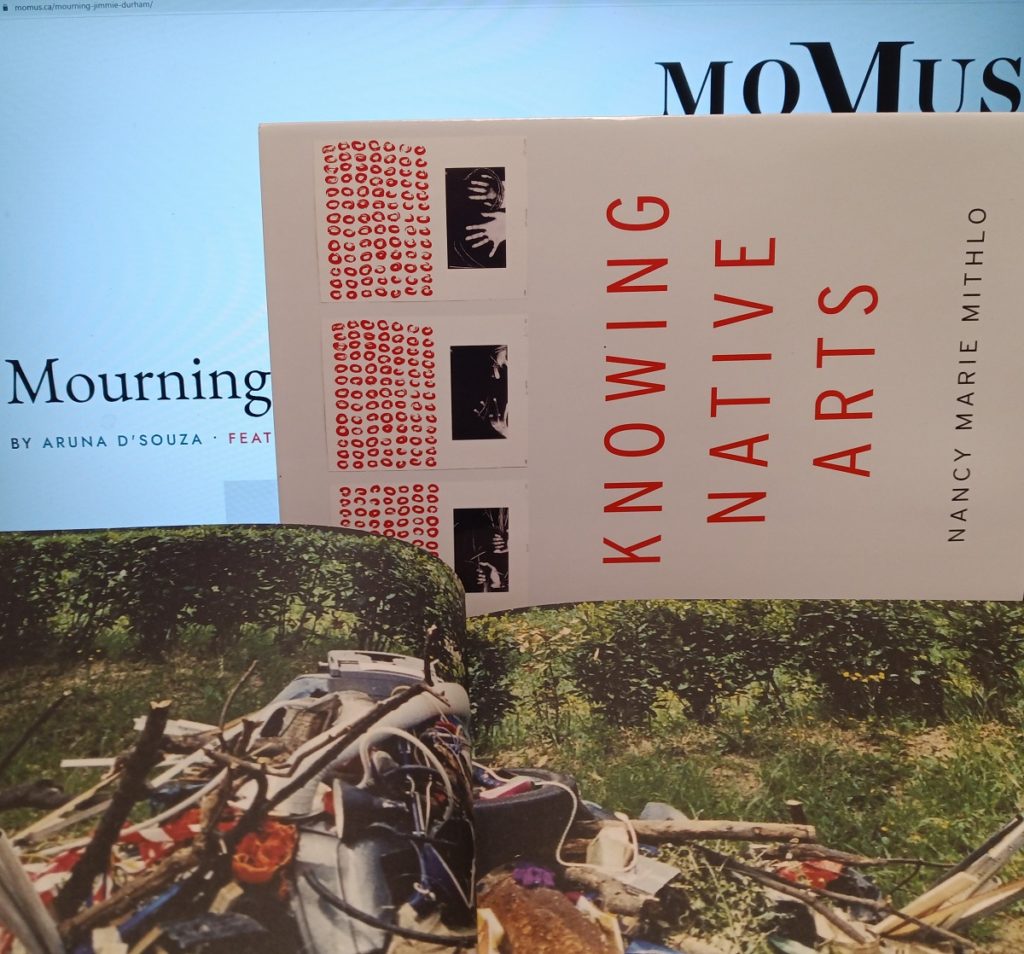While this work [Caliban’s Mask] was made by Durham in 1992 to ‘celebrate’ the 500 year anniversary of Columbus’ discovery of the Americas, three years later, Durham was invited to mark another anniversary with his work: the foundation of Rome. His tribute to the Eternal City is no less playful and ambivalent than that to the birth of the New World. For this work, Durham created what he dubbed as ‘a large interesting pile of trash’ on a hill, overlooking Rome (you can make out the dome of St. Peter’s Basilica in the photo below).While I cannot be sure of the precise location of the sculpture, from the photo it looks like it could be on the Pincian Hill, which was not one of the seven, but which due to being the location of several famous ancient Roman horti or gardens, was known as the Collis Hortulorum or ‘Hill of Gardens’. It may also have been on these slopes that the ashes of the Emperor Nero were scattered, carried in the robe of his mistress, Claudia Acte.
– Minus Plato ‘Piles of Interesting Trash: Jimmie Durham and the Monuments’, www.minusplato.com, 29th December, 2013.
However, the artworld must go further, asking ourselves what the stakes are of promoting Durham’s work when so few American Indian artists are shown in mainstream U.S. museums.
[…].
This is a question about whether our attachments to certain works or artists warrant setting aside the efforts of a community that has barely survived U.S. genocide to claim its sovereignty, and to survive under the conditions of a centuries-long occupation. If addressing ourselves to these problems makes us question our sacred cows in the process, so much the better. It won’t be easy, but it’s our obligation to do the crucial work of mourning, so that we can finally turn our attention to the long-standing, still-unresolved question of the place of Native American art in our vision of American art writ large.
– Aruna D’Souza ‘Mourning Jimmie Durham’, MoMus, 20 July, 2017
Your essay is important for several reasons. First, it is original by daring to expose your own thought process from adulation to acceptance of the rights of a community. The incorporation of new findings is the highest mark of an accomplished researcher. Bravo. Second, your essay is the first I am aware of that suggests that cultural institutions go further than simply changing their signage to indicate doubt of Durham’s claims. This is an important observation, for you note the important task of institutional critique. However, I suggest that you not stop at the suggestion for greater representation of American Indian art (re: “few American Indian artists are shown in mainstream U.S. museums”). In general, American Indians are not seeking the validation of their oppressors. The “get-in” is a minor goal. I note that your conclusion also supports this inclusion model (“the place of Native American art in our vision of American art writ large.”) While inclusion is appreciated, this is not commonly thought of as the ultimate end game for Indigenous scholarship and creative endeavors. Finally, I am grateful to see the concepts of U.S. genocide, sovereignty, occupation and settler colonialism included in an art review. I look forward to learning more about your important work.
– Nancy Marie Mithlo, comment on Aruna D’Souza ‘Mourning Jimmie Durham’, MoMus, 20 July, 2017
